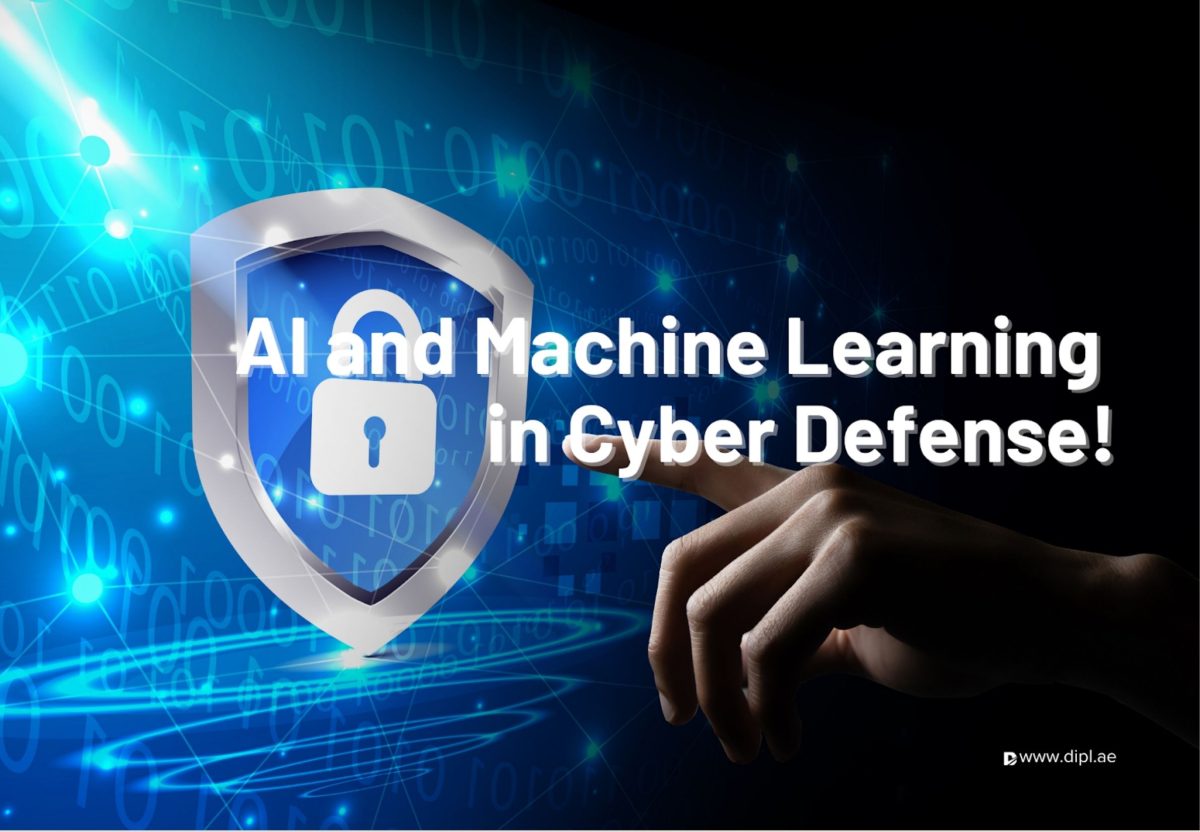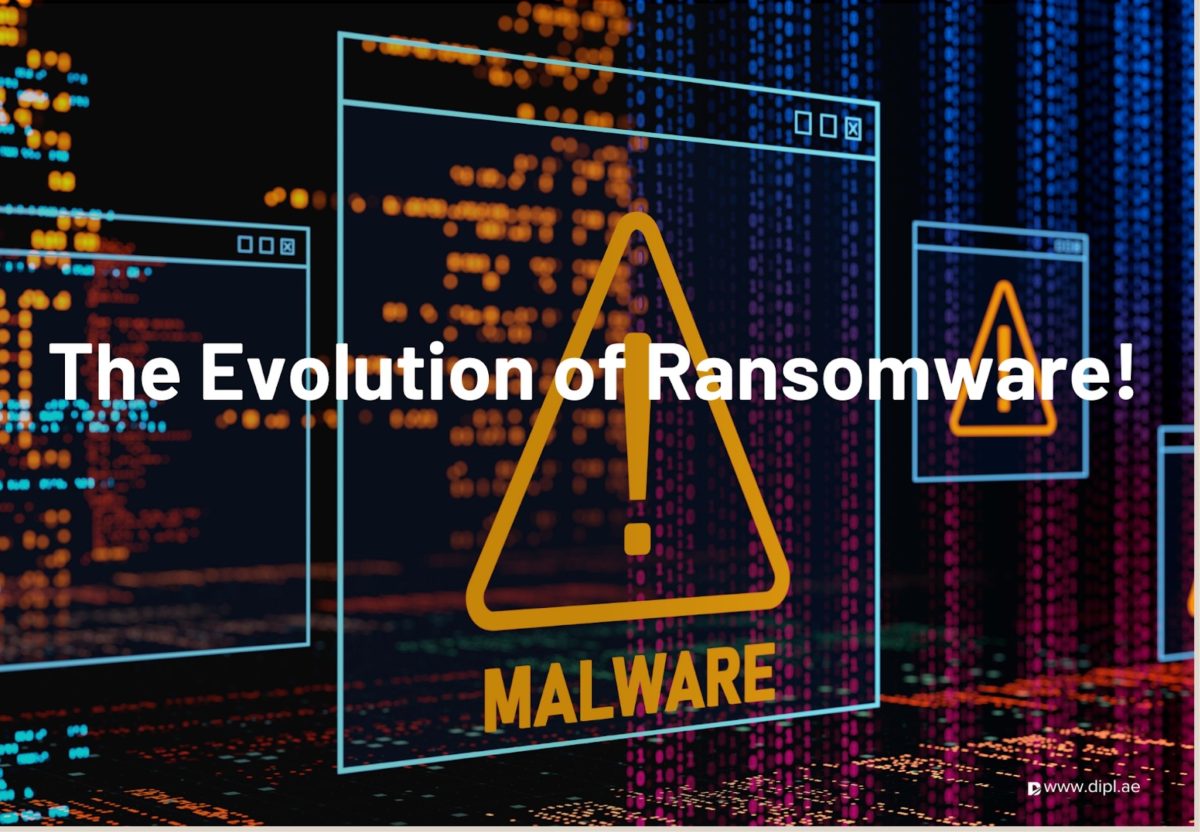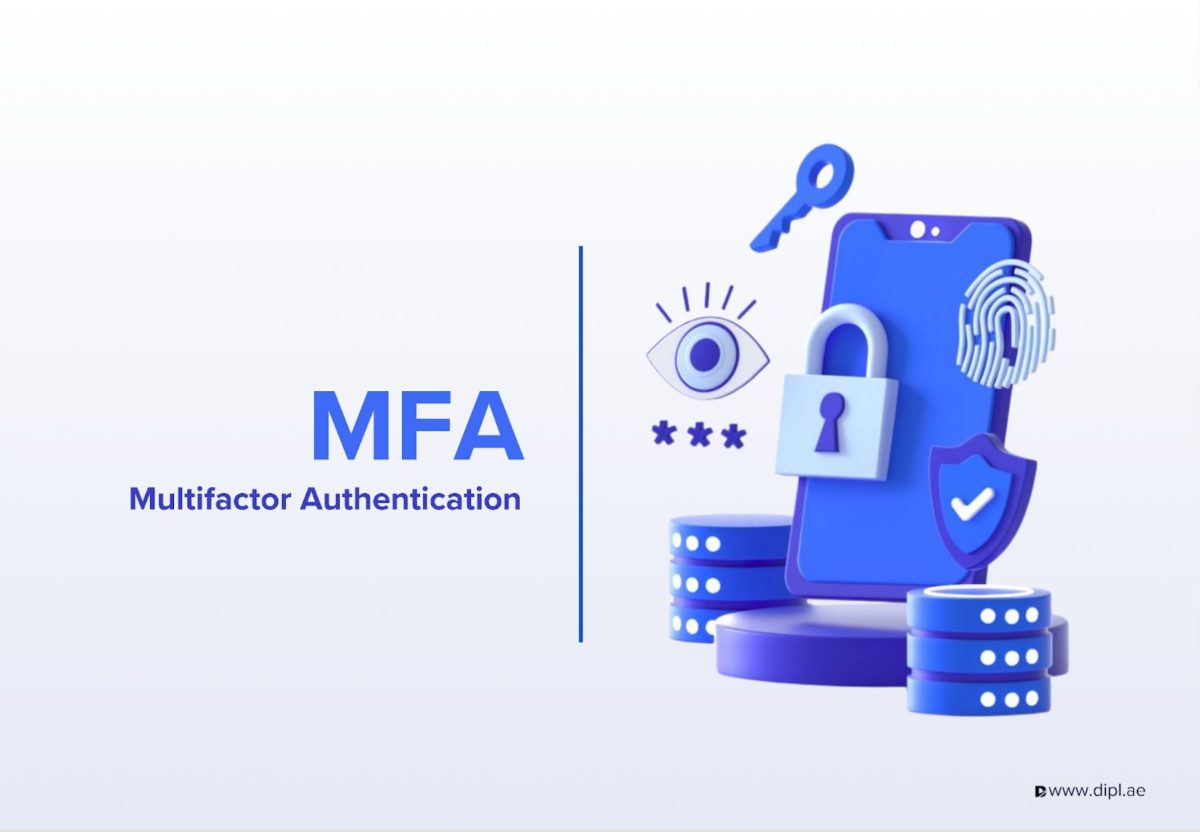AI and Machine Learning in Cyber Defense: Enhancing Security in a Digital Era
As cyber threats accelerate, cybersecurity experts have responded by incorporating artificial intelligence and machine learning technologies into their defensive frameworks. AI-powered systems are revolutionizing cybersecurity by enhancing threat detection, automating responses, and adapting to evolving attack patterns.
However, adverse attacks on AI itself pose a unique challenge, leading to an ongoing battle between cybercriminals and security professionals. This blog explores the deployment of AI in cybersecurity, its benefits, real-world case studies, and the challenges that come with it.
The Role of AI in Cyber Defense
AI and ML technologies have transformed cybersecurity by enabling predictive analysis, threat mitigation, and automation and here’s how they are being deployed.
Threat Detection & Prevention
Traditional cybersecurity systems rely on rule-based detection methods, which often fail against zero-day attacks. AI enhances this process by:
- Behavioral Analysis: AI-driven systems analyze normal network behavior and detect anomalies, flagging potential threats before they cause damage.
- Threat Intelligence Processing: AI aggregates and analyzes vast amounts of cybersecurity data to recognize emerging attack patterns.
- Phishing & Malware Detection: AI models scan emails, attachments, and URLs to detect phishing attempts and new malware strains.
Automated Incident Response
AI-powered Security Orchestration, Automation, and Response (SOAR) platforms streamline security operations by:
- Instant Threat Neutralization: AI can isolate compromised systems and block malicious activity in real time.
- Security Event Correlation: ML algorithms analyze data from different sources to understand attack patterns and prioritize responses.
- Reducing False Positives: By refining threat detection, AI minimizes alert fatigue for security teams.
AI-Driven Threat Hunting
Advanced AI models assist cybersecurity teams in proactively searching for threats that may bypass traditional security measures. AI-powered threat hunting allows organizations to:
- Analyze Network Logs in Real Time: AI scans billions of logs to identify early-stage cyberattacks.
- Detect Lateral Movements: AI maps cybercriminals’ movements inside a network before they execute their final attack.
- Predict Future Attacks: AI uses past cyber incidents to anticipate upcoming attack strategies.
Challenges of AI in Cybersecurity
Despite its advantages, AI in cyber defense faces significant challenges, especially from adversarial attacks designed to exploit weaknesses in AI models.
Adversarial AI Attacks
Cybercriminals manipulate AI models by:
- Data Poisoning: Inserting false data into AI training sets to compromise detection accuracy.
- Evasion Attacks: Modifying malware signatures slightly to evade AI-based detection.
- Model Stealing: Reverse-engineering AI models to identify their vulnerabilities.
AI Bias and False Positives
AI models rely on training data, which may introduce biases leading to incorrect threat classification or false positives.
High Implementation Costs
Deploying AI-driven cybersecurity solutions requires significant investment in infrastructure, skilled personnel, and continuous system updates.
Struggling with cybersecurity challenges? Let Deccan Infotech safeguard your business with cutting-edge solutions.
Real-World Case Studies of AI in Cyber Defense
Microsoft’s AI-Powered Cyber Defense Against Nation-State Threats
Microsoft deployed AI to identify and block advanced persistent threats (APTs) from nation-state actors targeting government agencies. AI-driven tools analyzed billions of network logs to detect unauthorized access attempts.
Darktrace’s AI Defense Against Ransomware Attacks
Darktrace, an AI cybersecurity firm, helped a financial institution thwart a ransomware attack by detecting unusual data encryption patterns in real time and isolating the affected systems.
Google’s AI Shielding Enterprise Networks from Phishing
Google integrated AI into its security suite to counter phishing attacks targeting enterprises. AI-driven analysis of email headers, links, and writing styles helped detect and block phishing emails before they reached employees.
AI-Powered Fraud Detection in Financial Services
Major banks leveraged AI to combat cyber fraud, using ML models to detect unauthorized transactions and prevent financial cybercrimes.
Future of AI in Cybersecurity
Looking ahead, AI is expected to:
- Enhance Threat Prediction Models: AI will improve the forecasting of cyber threats by integrating global cybersecurity intelligence.
- Evolve Self-Healing Networks: Future AI-driven security systems will autonomously repair vulnerabilities before attackers exploit them.
- Strengthen AI-Powered Identity Management: AI will play a crucial role in biometric authentication and fraud prevention.
The Final Thoughts
AI and machine learning have become indispensable tools in modern cyber defense. They empower organizations to detect, prevent, and respond to threats more efficiently than ever before.
However, the rise of competitive attacks against AI presents a new challenge, requiring continuous advancements in cybersecurity strategies. As AI continues to evolve, it will play a vital role in safeguarding digital assets and mitigating the ever-growing threat of cybercrime.
Stay informed, stay secure!



